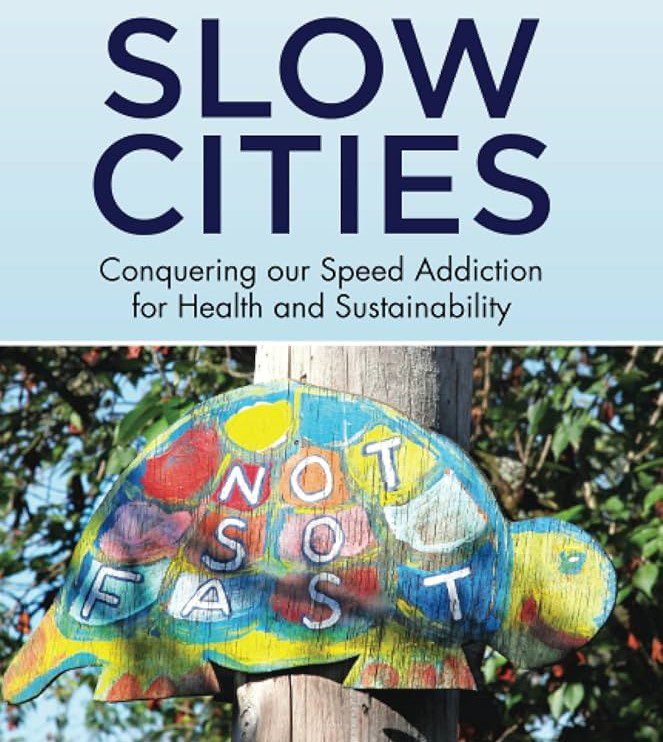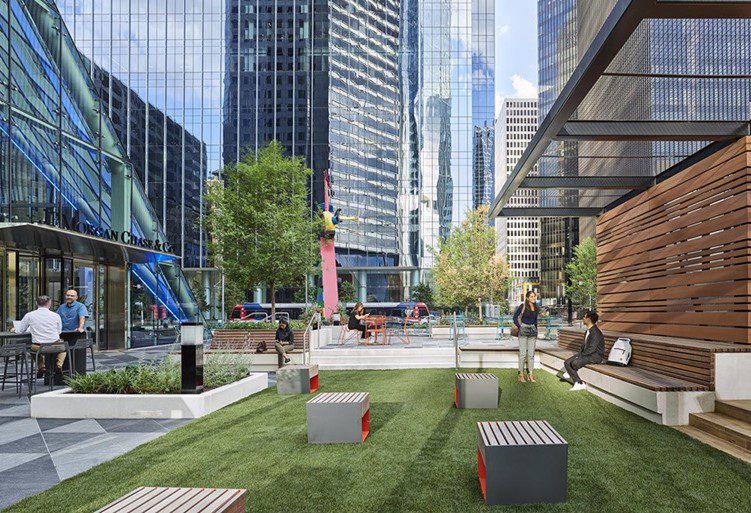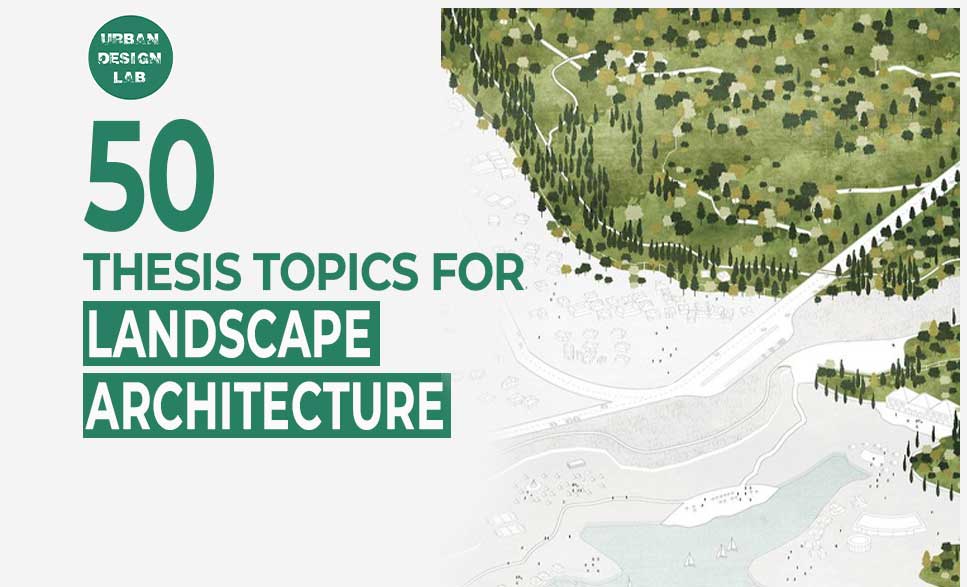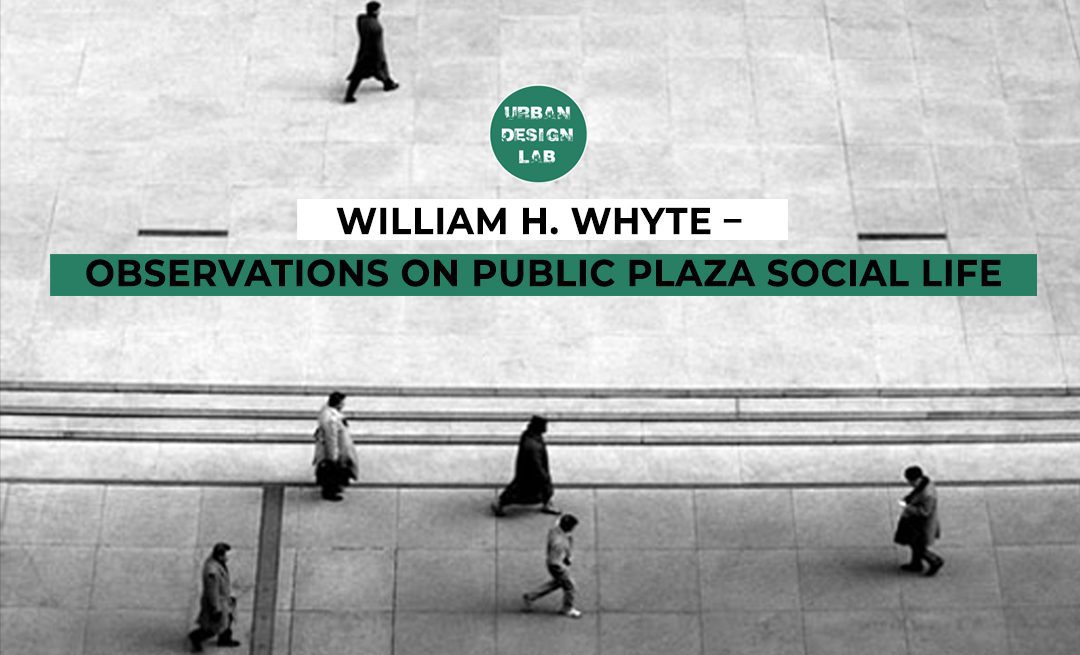
Slow Urbanism: Embracing Sustainable Urban Development

Slow Urbanism refers to an intellectual model of urban design that values the goals of quality of life, community, and sustainability over speed and profit motives. It undermines the fast-moving efficiency-driven model, hallmarks of traditional urban planning, which privileges infrastructures over people, thereby creating a functional city but one that is not a livable city.
This model seeks to design human-centered environments in which the elements of home, work place, and leisure blend seamlessly along with a sense of place related to nature. At its heart is to reclaim the public realm for the people and rethink streets as hubs of community vibrancy, rather than just mere thoroughfares for transit.
It promotes –
- Walking
- Biking
- Public transport
- Celebrate local identity and cultures
- Inclusivity (Accessible to all)
This cuts down on pollution and makes cities safer and livable.
Sustainability sits at the heart of Slow Urbanism. It champions practices that save resources to shrink the urban ecological footprint. It supports the use of efficient building materials green infrastructure, and local food systems to build resilient cities.
Well-being and environmental health over the mere possibility of economic growth is a fundamental concept underpinning Slow Urbanism.
Emergence of Slow Urbanism
In the era where speed and efficiency often dominate urban planning, Slow Urbanism emerges as a thoughtful alternative.
It challenges the prevailing ideology that fast is best, especially for the development of urban places. Traditional urban planning associated with logistics and convenience; thus we have ended up with cities that lack their own warmth in which an emphasis on infrastructure outweighs that on people living there. Such an urban setting is functional enough but is it actually make it a livable space?, still a question.
However it proposes a conscious approach called “slower urbanism”.
It appreciates-
- Creating spaces that are more human- centric.
- It’s concentration more on living conditions rather than GDP or land area covered.
This helps town planners take into consideration how their enterprise may affect both society at large as well as nature itself in the long haul. This aspect focuses on space where home, work, and recreation works in conjunction with the environment.
“Slowing the pace of development is a foundation of Slow Urbanism; make cities not only to live but to thrive, and for citizens to have a deep connection with urban settings, building a strong sense of community.”

Reclaim Public Space to People
“Decentralizing the forms and reclamation of public spaces for the residents and users of a place” is one of the central tenets of Slow Urbanism. In rapidly urbanizing cities, public spaces are dominated by the interests of cars and commerce, where streets just become conduits for circulation rather than places for people.
Slow Urbanism wants to reverse this by changing public spaces from dreary places into lively community centers where people make connections, socialize, and enjoy urban life.
It Encourage –
- Streets & their settings; in order to be pedestrian-friendly through walking, cycling, and public transportation.
- Urban landscape that is safer and encouraging to both citizens and visitors.
- Lesser pollution
- Parks and green spaces (making use of a bounty of green spaces available through the urban design will enhance the physical and psychological health of the residents of the city and promote the entire city as environmentally and aesthetically beautiful.)
Discourage –
- Excess usage of cars.
Re-energizing public places under Slow Urbanism promotes social cohesion and a healthier, more sustainable way of life.

Source: Website Link
Celebrating Local Identity and Culture
Slow Urbanism is based on the longstanding cities with diverging aspects that must be retained. It is thus about preserving and enhancing local distinctiveness. It emphasizes that the chronicles, architecture and cultural customs are not leftovers from bygone days but they are the core of contemporary and tomorrow’s identity.
Events at the very beginning of historic neighborhoods told stories about them, once they were saved by the history behind them, delivering to their residents a feeling of ancestry as well as continuity (Gill 2000).
“It’s about not resisting change but altogether incorporating the old with the new in a way that is respectful and honorable toward its past.”
Slow Urbanism tries to maintain not only the physical structures but support local businesses, artisans, cultural practices and economy, helps in maintaining the distinctiveness of city in the face of globalization.
Idea – To bring together local markets, shops, and cultural festivals, as it is much more than only an economic benefit: it provides a common space where different strata can belong and communicate.
In this way, it helps the cities retain their unique identities, making them more than just places to live but places characterized by culture and community.

Bringing About Sustainable Living
Sustainability is the core of Slow Urbanism, promoting the model of urban development in harmony with environmental considerations; address all environmental problems, including air pollution, resource depletion, and climatic changes by advocating sustainable practices that work against the ecological urban footprint.
Strategy-
- Give Priority to walking, cycling, and the use of public transport over cars after encouraging the use of sustainable modes of transportation.
This shift effectively manages the emission of greenhouse gases and makes sure that there is improvement in the quality of air in cities.
- Makes urban areas more accessible and more equable
It lessens the expense of pricey car ownership and makes commuting more affordable and easy for all classes of citizens.
- Use of energy-efficient materials and technologies for construction, alongside green infrastructure like rain gardens, green roofs, and urban forests.
Reduce impacts on the environment and helps in climate resilience buildings.
- Local food systems
It promotes urban agriculture and local farmers’ markets as a form of encouraging healthier eating habits, hence empowering the economies.
In this manner, the future of the cities gets more sustainable and resilient under slow urbanism.

Building Inclusive and Equitable Cities
“Slow Urbanism is rooted in the belief that cities should be inclusive and accessible to all”.
Fast urbanization in many cities has led to the development of exclusive neighborhoods that harbor only the rich; this marginalizes the poor. It helps redress these imbalances by propelling equal and integrative urban development.
Strategy-
- Affordable housing – As cities rise, the housing cost is always on the increase, a factor that throws low-income earners to the peripheries or even outside the city. Slow Urbanism ensures that no local person is removed from their dwelling place, and it helps promote livable, mixed neighborhoods.
- Access to better housing is often associated with access to health, education, and transport.
- Slow Urbanism maintains that there is an extended portion to all inhabitants of an urban area, which goes a long way to helping bridge the gap.
- Public spaces – Allowing accessible parks, streets, and community centers for use by people of all ages with varying different abilities and facilitates social interaction among different groups.
Slow Urbanism encourages cities to work for everybody, making communities stronger and more cohesive by cultivating inclusion and diversity in their residents.

Conclusion
A Vision for the Future
Urban centers are now faced with the immense challenges presented by climate change, overpopulation, and resource depletion. For instance, Slow Urbanism offers a unifying vision for the design of urban areas.
Slow Urbanism leads human well-being, environmental stewardship, and social equity towards what it defines as the sustainable model for the future of cities. The approach involves a call to challenge the status quo for urban planners, policymakers, and residents in the manner in which cities are designed and developed.
Slow Urbanism—with its human-centered design, sustainability, and inclusivity—offers a very alluring alternative to the headlong, profit-driven development that all too often characterizes dominant urban planning strategies.
This ideology visualizes “cities as places where people and planet together can thrive, not just through economic terms or growth but through quality of life, community cohesion, and environmental health.”
Growing and evolving cities present the need and opportunity to create a resilient, sustainable, and deeply-rooted-in-community-values environment through the application of Slow Urbanism principles.
References
- Article, S. (2019) ‘Towards “Slow” and “Moderated” Urbanism’, lIV(48).
- Dogrusoy, I.T. and Dalgakiran, A. (2011) ‘An alternative approach in sustainable planning: Slow urbanism’, Archnet-IJAR: International Journal of Architectural Research, 5(1), pp. 127–142. Available at: https://doi.org/10.26687/archnet-ijar.v5i1.223.
- Herzog, L.A. (1995) ‘Fast Urbanism and Slow Urbanism: Globalization and Public Space in Three Mexican Cities 1’, The End of Public Space in the Latin American City [Preprint].
- Roggema, R. (2015) ‘Smart by Nature: The Use of Swarm Planning in Creating Productive and Adaptive Urban Landscapes’, (May), pp. 531–550. Available at: https://doi.org/10.3390/ifou-d011.
- Shaban, A. (2016) ‘Towards “ Slow ” and “ Moderated ” Urbanism’, (2016), pp. 1–16.
- Version, D. (2018) ‘King ’ s Research Portal Title :’, Academy of Management Journal, 58(2017), pp. 457–486.

Meena Saini
About the Author
Meena is a dedicated architect and urban planner celebrated for her innovative and sustainable design approach. A young professional, she combines technical expertise with imagination and inquisitiveness. Known for her transparency and adaptability, Meena offers creative, unconventional solutions to urban challenges. Her modesty belies a fast learner committed to excellence. Focused on enhancing urban environments through thoughtful, sustainable design, Meena is dedicated to making a significant impact in her field.
Related articles
UDL Illustrator
Masterclass
Visualising Urban and Architecture Diagrams
Session Dates
17th-18th January 2026

Urban Design Lab
Be the part of our Network
Stay updated on workshops, design tools, and calls for collaboration
Curating the best graduate thesis project globally!

Free E-Book
From thesis to Portfolio
A Guide to Convert Academic Work into a Professional Portfolio”
Recent Posts
- Article Posted:
- Article Posted:
- Article Posted:
- Article Posted:
- Article Posted:
- Article Posted:
- Article Posted:
- Article Posted:
- Article Posted:
- Article Posted:
- Article Posted:
- Article Posted:
- Article Posted:
- Article Posted:
- Article Posted:
Sign up for our Newsletter
“Let’s explore the new avenues of Urban environment together “















































